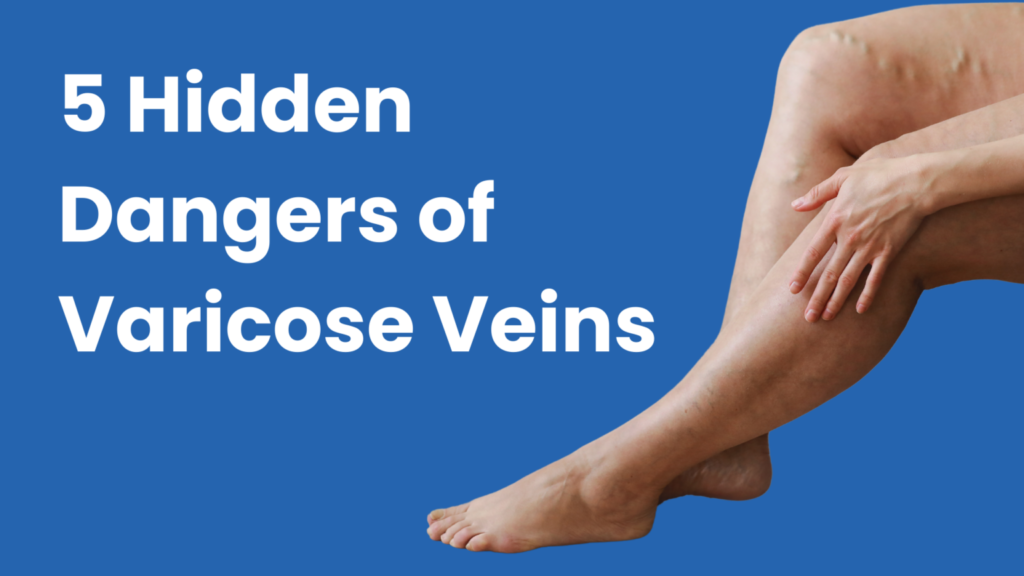The average human body contains an incredible 60,000 miles of blood vessels, which create a network that delivers oxygen and nutrients to every cell. If something goes wrong anywhere along this closed circuit, problems can develop — ranging from minor spider veins to more serious blood clots — which is why you want to stay one step ahead of your vascular health.
To that end, Dr. Ariel Soffer and the team here at Soffer Health Institute offer preventive vein evaluations at our practice. Here’s what we can accomplish during this all-important visit.
Why undergo a vein evaluation?
Before we get into what you might expect during your vein evaluation, let’s take a quick look at why this type of preventive visit is so important.
There are different problems that can crop up in your blood vessels — some, as we mentioned, are only minor, such as spider veins. Others, however, such as peripheral artery disease (PAD), are more serious and bear close monitoring.
Taking our PAD example, which affects about 6.5 million in the United States aged 40 and older, our concern is that this progressive blockage of your arteries can lead to heart attack or stroke if it isn’t properly managed.
While PAD does come with some early warning signs for many, such as leg pain and swelling, 4 out of 10 people with PAD experience no telltale leg pain.
As another example, let’s take a look at deep vein thrombosis (DVT). This is a condition in which a blood clot forms in one of the deep veins in your thigh, and it can lead to a life-threatening pulmonary embolism. About 200,000 people develop DVT annually in the US, and 50,000 of these cases are complicated by an embolism. Like PAD, DVT can be silent (no symptoms) and may be discovered only after the unthinkable happens.
Through our preventive vein evaluations, our goal is to identify any brewing vascular problems such as these so we can take the steps necessary to minimize your risks.
Your vein evaluation
When you first come in for a vein evaluation, we review your medical history, your risk factors, and any symptoms you may be experiencing. After we gather this information, we have a better idea about where to concentrate our efforts.
Next, we perform a physical examination, typically around your legs, which are some of the first areas to develop outward signs of a vascular issue.
If we need to investigate further, we may turn to ultrasound to get a closer look at your blood vessels to help us identify any problems, such as blockages or clots.
Based on our findings, we may move on to a venogram, a diagnostic procedure in which we inject a dye into your bloodstream and then, using X-ray, we follow the dye to locate any blockages of valve function issues.
In the best case scenario, we may find nothing of concern during this comprehensive vein evaluation, which should provide you with some peace of mind. If we do find issues, we can discuss management and treatment plans that will help offset the problem. As well, even if we find nothing, but you have several risk factors, we can discuss ways you can help prevent a vascular issue from arising.
The bottom line is that you have everything to gain from a vein evaluation. To schedule your evaluation today, contact one of our offices in Weston, or Aventura, Florida.



